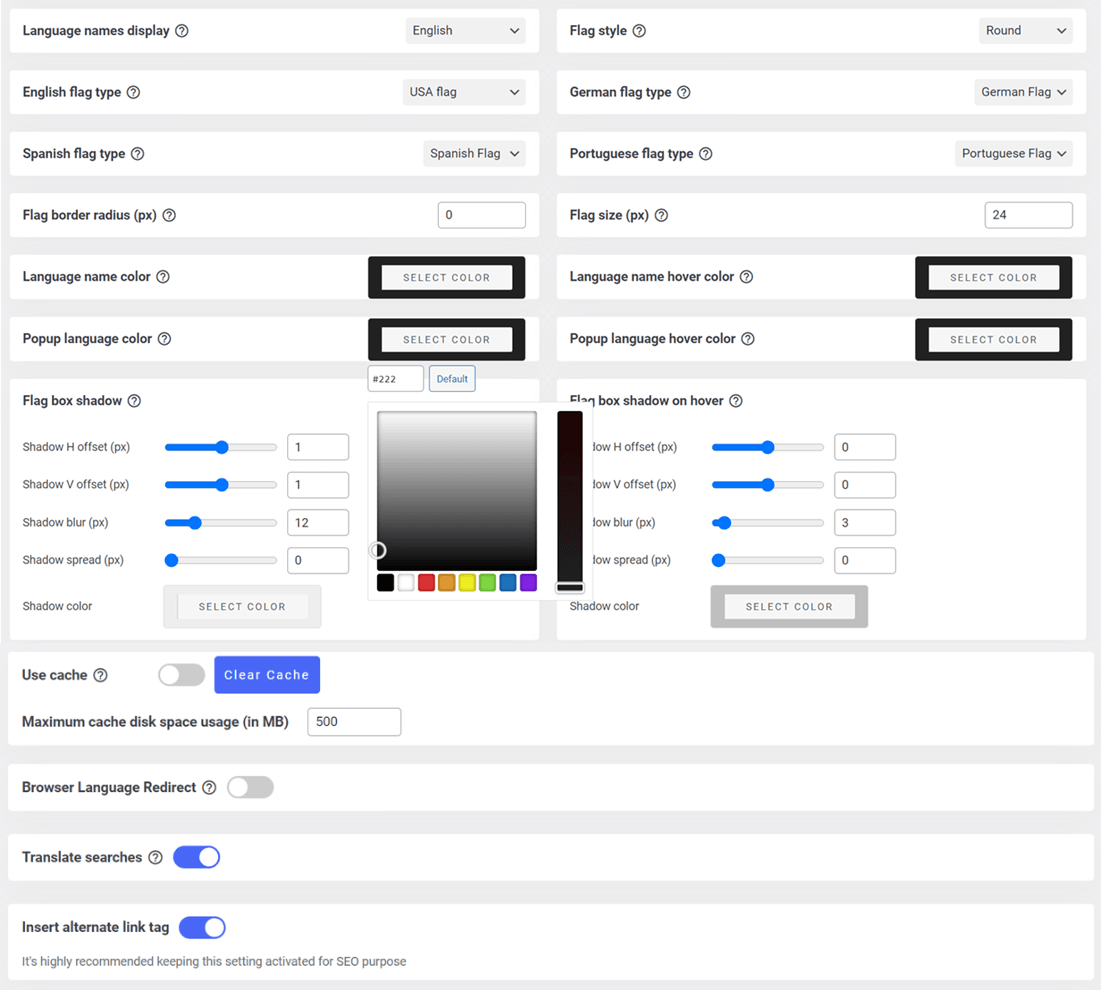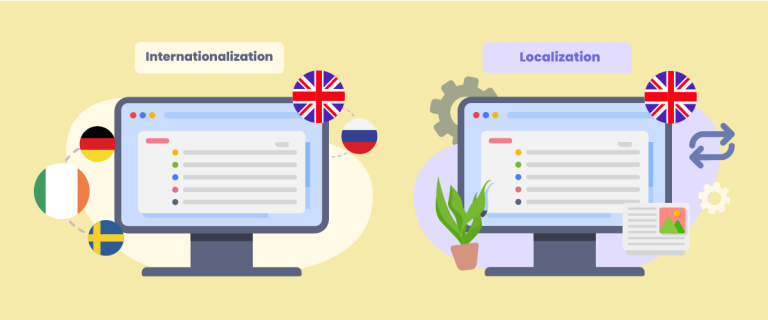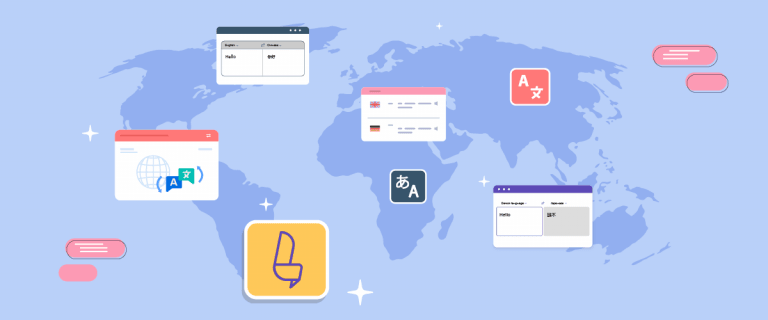Website translation is not a new feature, but it is quickly gaining traction. As the digital marketplace takes over how we conduct business, organizations have had to change how they communicate with their audience. The global reach of the digital world means you have to cater to different people from different parts of the world.
Accessibility is the main driving force behind website translation. Reaching people with your message is easier when it is in a language they understand. What you need to decide is what language that would be. There are over 6,500 languages spoken around the world today. This opens a lot of potential avenues site owners can explore. The translation languages you choose depend on several factors.
Website analytics for translations
Any decisions you make regarding your website must be on the basis of research and statistics. They offer a relevant number that gives you an idea of what is going on. Based on this information, you can make informed decisions regarding your website. Web analytics gives information that can help you decide what languages are best suited to your website.
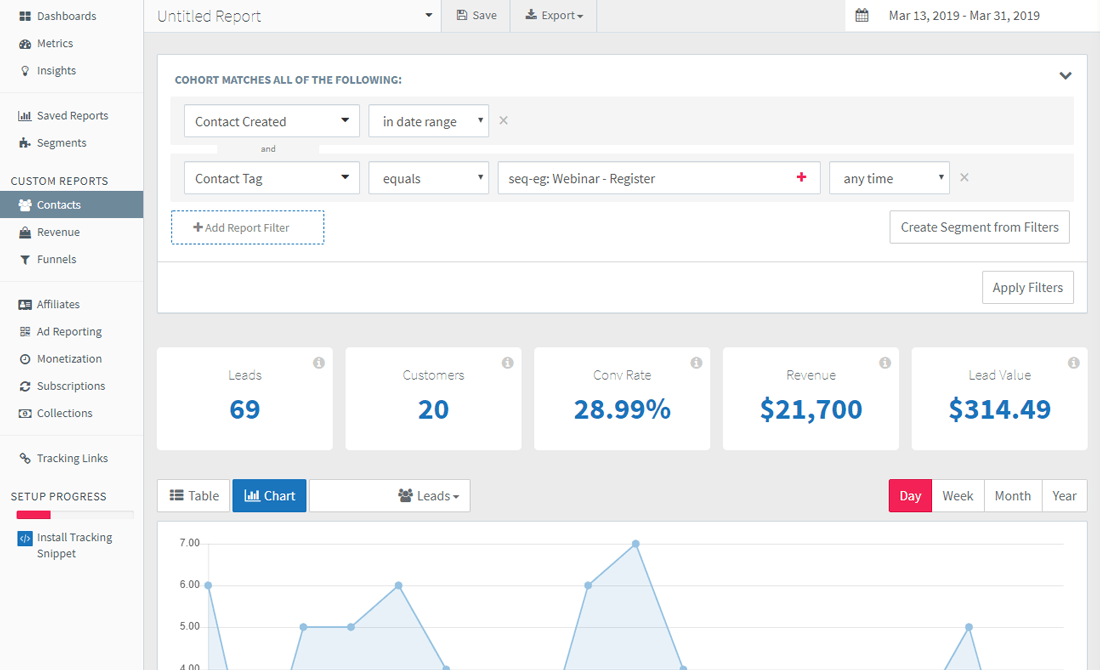
Many web hosts offer their analytics tools. When these are not available, external tools and plugins, such as Google Analytics®, can offer statistics regarding your web traffic in real-time. This includes data regarding the number of visitors to your site under daily, weekly, or monthly statistics. When reviewing analytics in real-time, you can find out how many visitors are at your site in that given moment, how they accessed your site, and what region they belong to.
This kind of information can help you determine what languages might be suitable for your site. If you are getting a lot of traffic from a specific region, it might be apt to offer translations for the language spoken in that region. Keep in mind that the translation should be culturally relevant to get the most out of it.
Analytics with Linguise
Analytics are helpful in determining your translation languages. But you may also use them to keep track of how your translated pages are doing in terms of traffic. You can use this to assess performance and make future decisions regarding your site.
In addition to offering automated translations for your web pages, Linguise translation is also compatible with analytics tracking services. The neural machine translations allow compatibility with different analytics tools by default. Since all multilingual pages produced by Linguise are separately indexed, you can automatically track traffic to all your pages.
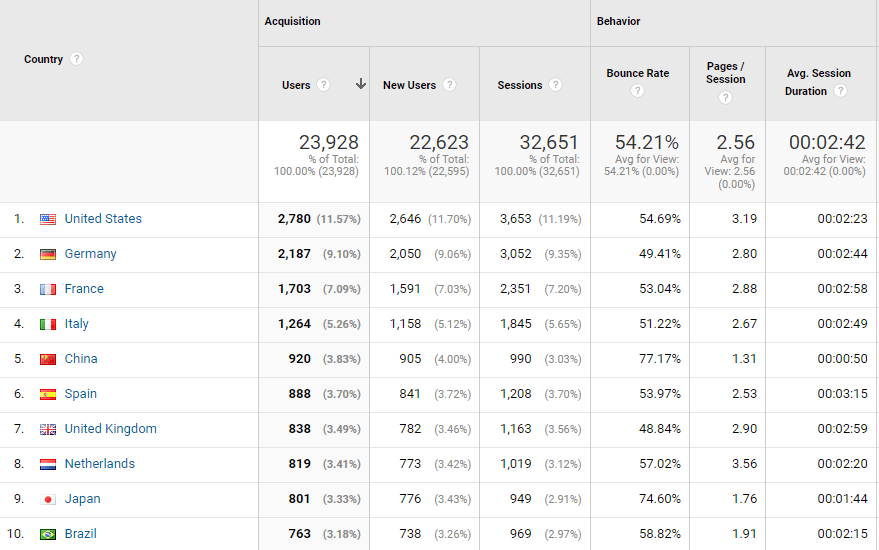
You must enable extensions like Google Analytics or Matomo for your website to produce multilingual reports. Once they are, you can use various filters to produce analytics reports based on user region, language, or user activity on your page. Alternatively, you can also produce a comprehensive report. Such statistics can help you determine if you are doing enough in terms of multilingual translations or if there are more avenues you can explore.
Market research to find the best translation languages
Once you’ve decided multilingual websites are the next step for you, your site analytics can give you some insight into the direction you can take. But much of that decision also rests with your own goals. Your translation languages will depend on whom you’re trying to reach.
Your target audience will define your language choices. There are also many ways you can determine who your target users are. This involves some market research on your part, as there are many factors regarding your target market you need to clarify before making a decision. Here are some of the factors you should look out for.

Demographics
Target market demographics are the most basic information you need. It may seem arbitrary at first sight since language usage does not differ by factors like gender or economic bracket. However, these factors can play into the way language is used by certain populations. Younger generations, for example, tend to prefer the use of slang, and this can be one way you can customize your translations based on who you are trying to reach.
Demographics also help you determine the complexity of the language to use. It would be best to be sure of who you are trying to reach when translating your site. Confusion on who the message is for on your part leads to confusion in the reception of the message.
Intended user base
Before you even begin your research, you will have some idea of who you are trying to reach. If your website is advertising a product or service, then you know who it is for. If you are simply thinking of expanding to new markets, you should determine if your product or your message is relevant in the same way to the same bracket of people in a different market as it is in the current one.
Your target audience might differ in different markets. Different groups of people may use a product in various ways based on different characteristics. In this case, you need to know how their preferences may influence their access to your site.
Region and language
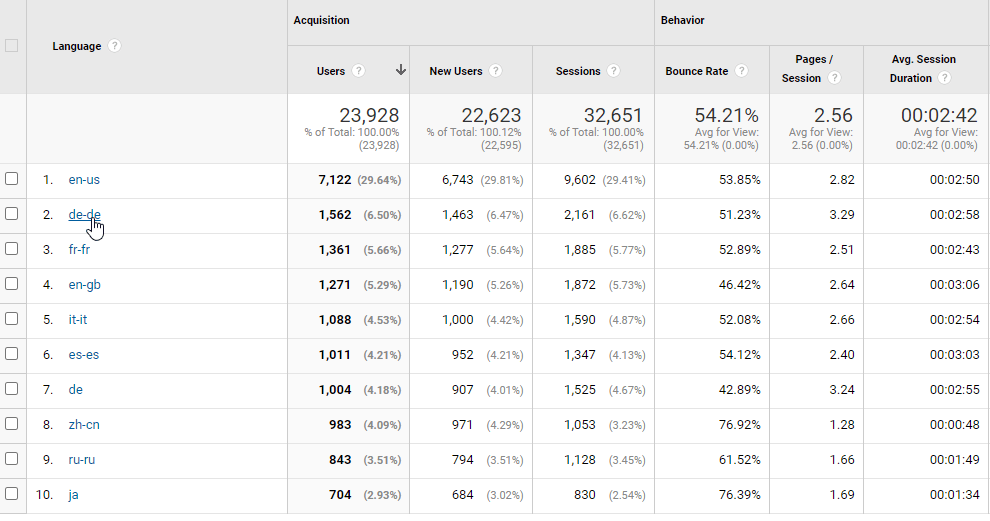
Let’s say you have determined what region you want to aim your message towards. With that part out of the way, you might think the next step in choosing the language is fairly straightforward. However, this may not necessarily be the case. Many countries in the world host a multitude of languages, and various groups of people in a single region may speak and prefer a different language altogether.
This is where your market research information comes in handy. Just because you are targeting a specific region does not mean you can automatically bet on one associated language. You may prefer to translate to multiple languages from the region to improve accessibility.
Cultural Keywords
Your intended message may be relevant to the market you are trying to reach, but it may not be in the way you expect. Depending on the topic you are talking about or the product or service you are selling, a different term or keyword may be in more popular use to refer to it in the local context. Make sure to do your research on local keyword usage and search results, as this will affect your page translations.
Research is an essential aspect of any major decision. Not only does it help you plan your next step, but it also helps you identify the most effective way to go about it. Incorporating this with other considerations will make the translating process much more manageable.
The Google Search Console can help you with that, a lot. Indeed, you can filter by keyword or page + country and try to improve your existing content in Russian for example.
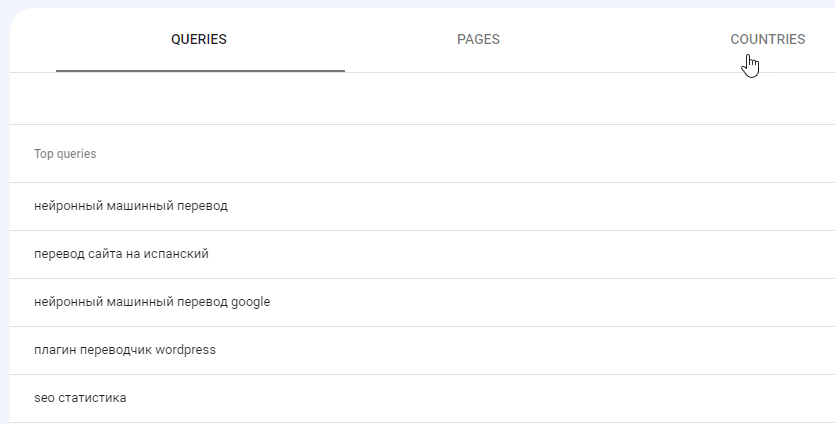
Online vs. actual languages
Deciding what languages to go for depends on what aspect you choose to focus on. If you don’t have a specific target audience in mind and simply wish to expand access to your site, you can decide your translation languages based on the frequency of their use. This can generally increase accessibility, and as a result, traffic to your site, but without being customized to specific cultures.
The problem comes from the discrepancy in language usage. Global statistics show different language use in daily life and online. For example, the third most spoken language in the world is Hindi; however, the third-most used language online is Spanish. This kind of disparity means you cannot simply rely on the big global languages. It is better to stick to the languages more commonly accessed online since that’s where your content is.
Things to keep in mind when translating
Tools like Linguise make translating pages relatively easy. While the process is simple and automated, be sure to give attention to some critical factors.
Consistency of keyword in languages
Translating a page or site is meant to improve access and improve your global SEO strategy. Switching from one language to another will understandably change a few things on your site. However, it is still a means to advertise your brand. Remain consistent in your themes and design across multiple languages. Try to use the same overall colors and style across multilingual pages.
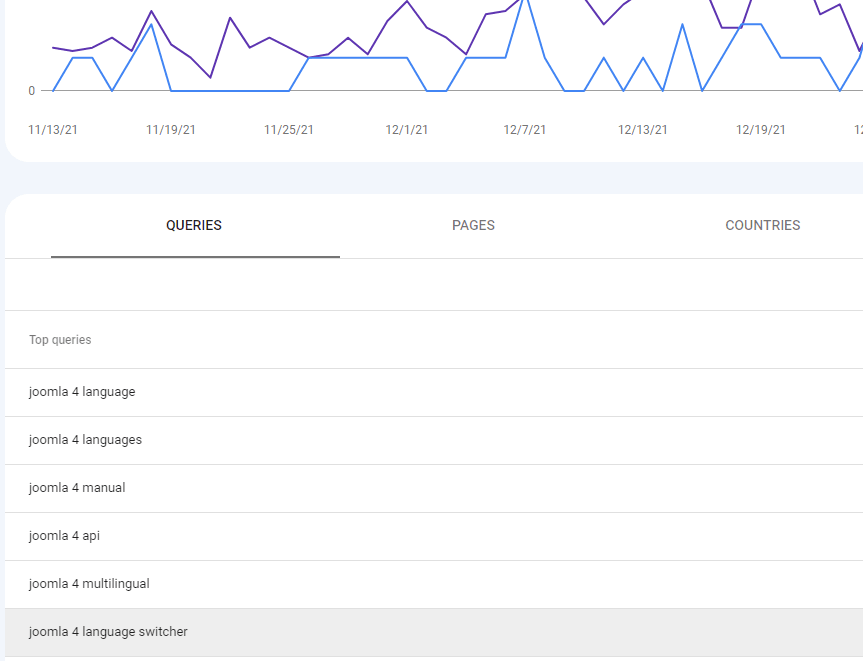
The reason for this is elementary. Your theme and style are associated with your brand. Keeping things consistent keeps them authentic and trustworthy to new visitors. Changing things too much in different versions can be off-putting and even cast suspicion on the site’s legitimacy.
Language switcher tool
Trying to access a page that isn’t in a language you’re fluent in or understand at all is confusing enough on its own. Making switching languages difficult simply adds to the ordeal, and you risk losing the user altogether. This can include making the language switch button hard to spot, or keeping it at the end of the page, while the user scrolls helplessly halfway through and leaves.
At the same time, it is essential to make language identification easy. There are many ways to do this, such as by displaying the name of the language or the flag of the country it is associated with, like this:
The flag is often more noticeable than plain text and a quick indicator of the language in use. However, many visitors to your site may have trouble recognizing the flag. As we discussed above, it also happens that not all languages are associated with specific countries, and one country can host many languages. Therefore, it is best not to rely solely on the flag method to display the web page language.
Offer choices, not automation
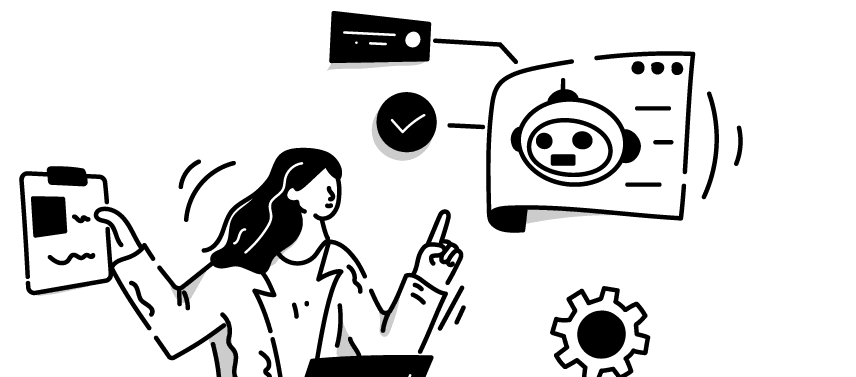
Many sites now offer automated translation, which automatically redirects users to a language that corresponds with their geographical location. This makes things more efficient by reducing the need to do so manually. The intention is to eliminate several process steps for the user, making their experience more fruitful.
This, however, may not always be a good idea. Unless a user’s search query asks explicitly for a particular language, it might not be reasonable to assume which language a user would prefer based on their geographical location. It is possible that users may speak one language in their daily life, corresponding to their location, but prefer to access online content in a different language.
It is also possible that a user may be accessing content from a foreign country, meaning they prefer a language different from their location. Furthermore, it is always best to simply make the option accessible and the process simple, but let the user decide what language they prefer.
You can read more information in dedicated post about automatic language redirect here >>
Conclusion
Web page translation may be the next step in your global outreach strategy. Determine who you are trying to reach, what your message is, and how you wish to deliver it before beginning the process. This helps simplify the process, and the results are clear and concise. Remember to base your decision on informed research. You can always translate in as many languages as you like, but it is important to maintain cultural relevance throughout those translations. In the end, go the route that makes your content most relevant to your target audience.


